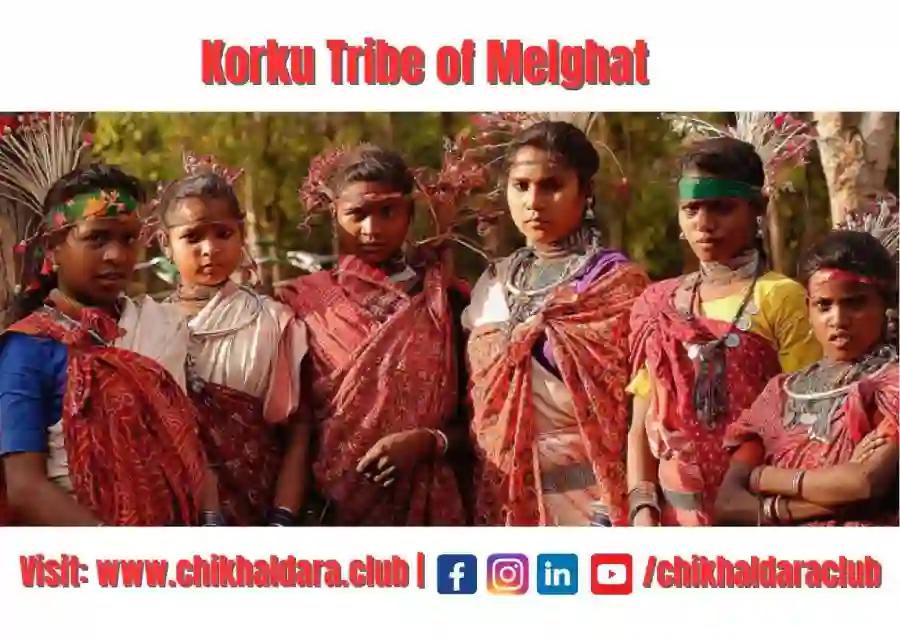Table of Contents
What is Tribal Village ?
A tribal village refers to a settlement or community inhabited by a group of people who identify themselves as members of a particular tribe or indigenous community. These villages are typically found in remote or rural areas and are characterized by their distinct cultural practices, customs, and traditional way of life.
Tribal villages are often located in regions with limited access to modern amenities and infrastructure. The inhabitants of these villages generally rely on subsistence agriculture, hunting, gathering, and fishing for their livelihoods. They maintain a close relationship with the natural environment and have a deep understanding of local ecosystems.
Why should I choose to stay in tribal village as tourist ?
Staying in a tribal village as a tourist can offer a unique and enriching experience. Here are some reasons why you might consider it:
- Cultural Immersion: Staying in a tribal village allows you to immerse yourself in a different culture and gain firsthand insights into the traditional way of life of the community. You can observe their customs, traditions, rituals, and daily activities, which can be a fascinating and educational experience.
- Authentic Interaction: Interacting with tribal villagers provides an opportunity to engage with people who have a deep connection to their land, nature, and heritage. You can learn from their wisdom, stories, and experiences, fostering a greater appreciation for diversity and cultural exchange.
- Unique Traditions and Art forms: Tribal villages often have distinct art forms, handicrafts, music, dance, and other cultural expressions. By staying in the village, you can witness and even participate in these traditional practices, gaining a deeper understanding of their significance and preserving cultural heritage.
- Sustainable Tourism: By choosing to stay in a tribal village, you can support sustainable tourism initiatives that benefit the local community directly. It can contribute to their economic development, empower local artisans, and help preserve their traditional way of life.
- Natural Beauty and Environment: Tribal villages are often located in scenic areas with beautiful landscapes and rich biodiversity. Staying in such a village allows you to enjoy and appreciate the natural surroundings, potentially participating in activities like nature walks, wildlife spotting, or learning about traditional ecological knowledge.
- Personal Growth and Reflection: Living in a tribal village, even for a short period, can be a transformative experience. It offers a chance to disconnect from the fast-paced modern world, reconnect with nature, and reflect on different ways of life. It can broaden your perspectives, deepen your appreciation for simplicity, and inspire personal growth.
When considering visiting a tribal village, it’s essential to do so in a responsible and respectful manner. Research about the community, follow their cultural norms, seek permission for photography, support local businesses, and ensure your visit aligns with sustainable tourism practices. Additionally, consider engaging with reputable tour operators or organizations that work closely with the community and prioritize their well-being.

Beautiful Landscape of Tribal Villages
The tribal villages of the Melghat region in India possess a unique and captivating beauty that stems from their natural surroundings, cultural heritage, and way of life. Here are some aspects that contribute to the beauty of these tribal villages:
- Scenic Landscape: Melghat is located in the Satpura Range of the Western Ghats, a biodiverse region known for its stunning natural beauty. The tribal villages of Melghat are nestled amidst lush green forests, rolling hills, picturesque valleys, and meandering rivers. The serene and pristine environment creates a tranquil ambiance that is both visually appealing and soothing to the soul.
- Rich Biodiversity: The Melghat region is renowned for its rich biodiversity, including diverse flora and fauna. The tribal villages provide an opportunity to witness this natural wealth up close. The forests surrounding these villages are home to various species of trees, plants, and medicinal herbs. The region is also inhabited by wildlife such as tigers, leopards, sloth bears, deer, and numerous bird species. The presence of such diverse wildlife adds an element of excitement and awe to the beauty of the villages.
- Traditional Architecture: The architectural style of tribal dwellings in Melghat showcases the local craftsmanship and reflects the harmony between human habitation and the environment. The houses are often made of locally available materials such as mud, bamboo, thatch, and stones. The simplicity and harmony of these traditional structures blend seamlessly with the surrounding natural landscape, creating a rustic and charming atmosphere.
- Cultural Heritage: The tribal villages of Melghat are rich in cultural heritage. The indigenous communities living in these villages have their own distinct customs, rituals, art forms, and traditional practices. The vibrant costumes, intricate jewelry, and colorful festivals of these tribes contribute to the cultural tapestry and visual allure of the villages. Participating in or observing their traditional dances, music, and celebrations can be a captivating experience.
- Warm Hospitality: The tribal communities in Melghat are known for their warm and welcoming nature. Visitors to these villages often experience genuine hospitality and are embraced as guests. The villagers are eager to share their way of life, stories, and traditions with visitors, allowing for meaningful interactions and cultural exchange.
The beauty of the tribal villages in the Melghat region lies in their harmonious coexistence with nature, rich cultural heritage, and the genuine warmth of the people who call these villages home. It is a place where one can witness the splendor of nature, learn from ancient traditions, and find solace in the simplicity and authenticity of rural life.
How can I book my stay at tribal villages of Melghat region ?
You can
